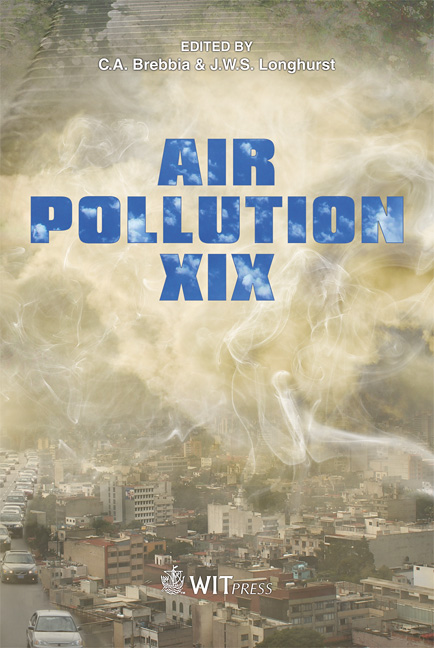Occupational Exposure To Perchloroethylene In Portuguese Dry-cleaning Stores
Price
Free (open access)
Transaction
Volume
147
Pages
8
Page Range
247 - 254
Published
2011
Size
317 kb
Paper DOI
10.2495/AIR110231
Copyright
WIT Press
Author(s)
S. Viegas
Abstract
Perchloroethylene (also known as tetrachloroethylene) is a solvent that has been a mainstay of the dry cleaning industry for decades. Since 1995 the International Agency for Research on Cancer considers that dry cleaning entails exposures that are possibly carcinogenic to humans (Group 2B). Meanwhile, the same institution classified perchloroethylene as probably carcinogenic to humans (Group 2A). Some industries have begun using alternative cleaning methods that do not require the use of perchloroethylene. However, in Portugal this solvent is still the most common dry-cleaning agent. An exploratory study was developed that aimed to find the occupational exposure to perchloroethylene in four Portuguese dry-cleaning stores. Activities involving higher exposure and variables that promote exposure were also investigated. Real-time measurements of volatile organic compounds concentrations were performed using portable equipment (MultiRAE, RAE Systems model – calibrated by isobutylene). Considering that perchloroethylene was the only cleaning product used in all the stores studied we deduce that results obtained for volatile organic compound measures correspond to perchloroethylene concentrations. The measurements were performed in the same places in each store and during the same tasks, namely: reception area, dry and washing area; iron area; dry-cleaning machine working; loading and unloading dry-cleaning machine and manual removing of stains with perchloroethylene. Besides measurements, information related with variables that can influence exposure in each store was also collected.
Keywords
perchloroethylene, occupational exposure, dry-cleaning, ventilation conditions, real-time measurements





